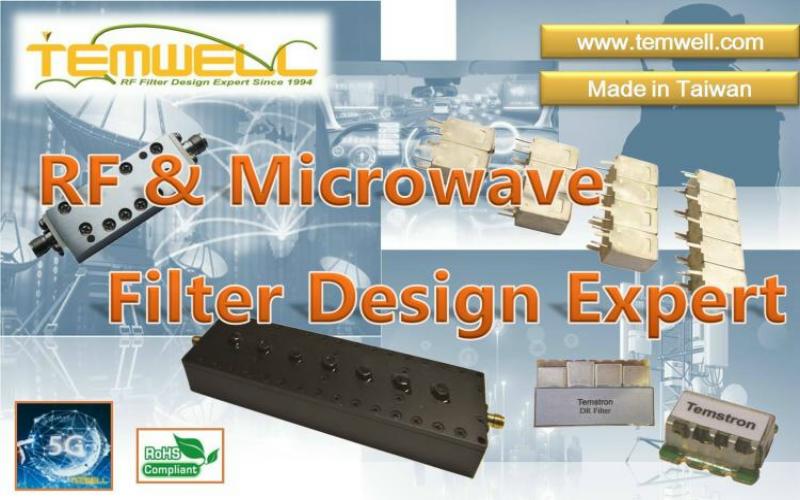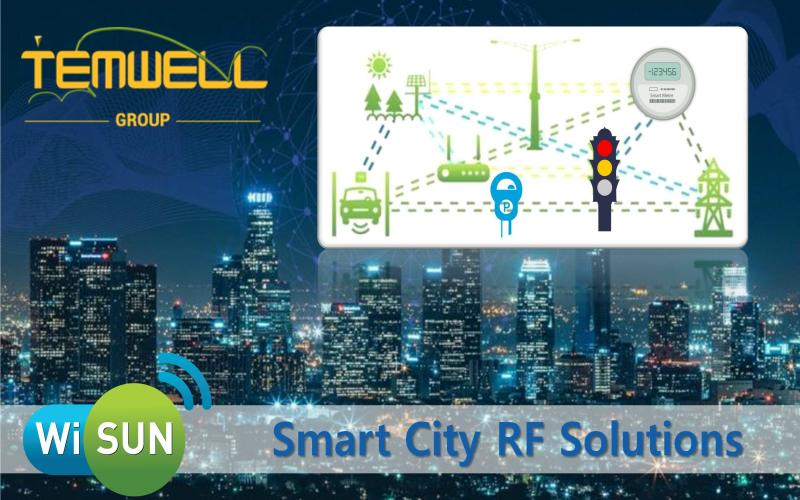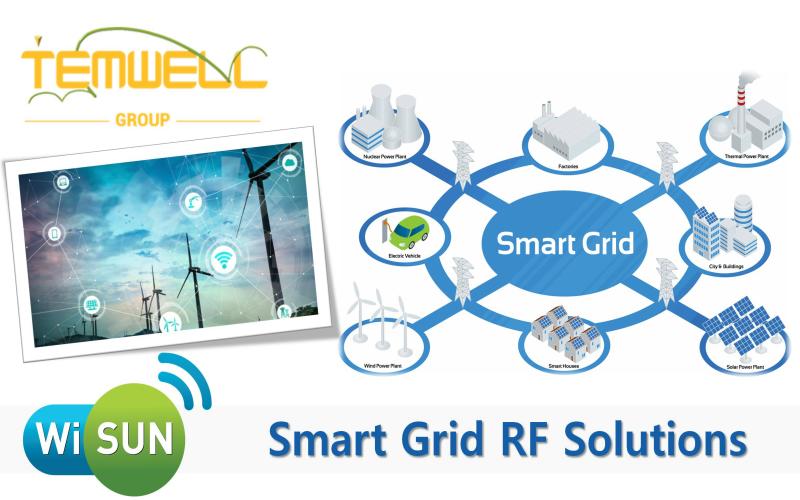Wi-SUN Field Area Networks

What is Wi-SUN?
Wi-SUN, also known as "Wi-SUN Field Area Networks", is a wireless local area network technology based on the IEEE 802 communication standard. Wireless local area network (Wireless LAN, WLAN) is a local area network that does not use any wires or transmission cables to connect, but radio waves or electric and magnetic fields as the medium of data transmission. The transmission distance is generally only tens of meters. For example: WIFI, NB IoT, ZigBee, etc.
In wireless local area network technology, the two main applications are Home area network (HAN) and Outdoor area network (FAN).
(1). Home Area Network (HAN) :
HAN connects smart home appliances and smart meters in the private environment of the home through smart home management, real-time control and monitoring of smart home appliances and energy control, and then connects to the FAN network through smart meters to form smart cities and other applications to improve the smart home deployment environment.
(2). Field Area Network (FAN):
The application of FAN is mainly in facilities in large fields, such as smart grids, smart street lights, etc. FAN allows public facilities to connect to the same field network and achieve interoperability.
Why Has Wi-Sun Become the New Trend?
After entering the 5G era, countries around the world and major world-class cities are actively planning the establishment of a comprehensive Internet of Things, establishing various infrastructure and public facilities through wireless local area networks to establish linkages, and aiming to establish a new generation of Smart Cities. Therefore, a stable, broad range, open, and non-interfering wifi communication protocol-Wi-SUN has become the most popular choice for use.
The main application areas of Wi-SUN communication are in public construction and public equipment, including public buildings (municipal buildings, schools, hospitals), transportation infrastructure (roads, railways, bridges, pipelines, canals, ports, airports), Public spaces (public squares, parks, beaches), public services (water supply, power supply gas, traffic signs, public street lights). Since Wi-SUN communication is mainly installed in large-scale equipment and buildings, it has a larger installation volume and space, and its performance can be designed with greater flexibility.
The advantages of Wi-SUN protocol as follows:
(1) The coverage rate of Wi-SUN signal transmission is comparable to NB IoT, which can cover a wide range.
(2) Wi-SUN has an active random number frequency hopping mechanism (Channel Hopping), which can actively adjust the frequency band to have better anti-interference ability.
(3) Wi-SUN use the IEEE 802 communication standard as Wifi, which can import objects stably and quickly.
(4) Wi-SUN mainly used in large facilities such as public equipment and infrastructure construction, with large developing space and design flexibility.
(5) Wi-SUN uses a Mesh network, with automatic networking (Self-organizing Network) and self-healing (Self Healing) functions, each object can be quickly switched between sensors and hotspots itself, and the network structure is more stable to transfer data more efficiently.
(6) Wi-SUN provides smart and ubiquitous network services for public services, public utilities, and municipalities.
What Difference between Wi-Sun, Wifi and NB-IoT?
Wi-Sun vs WIFI:
The difference between Wi-SUN and WIFI lies in the main areas of use. WiFi is mainly used in private areas such as home area networks (HAN), while Wi-SUN is mainly used in mass equipment, public facilities, and infrastructure applications. A clear separation from the application area of wifi can more effectively separate users and allow their respective networks to maximize their effectiveness and stability.
WIFI is mainly used to meet the personal communication purpose of home area network (HAN), and as for outdoor area network (FAN) in mass equipment, public facilities and infrastructure applications, telecommunications companies have launched Wi-SUN CERTIFIED through the Wi-SUN Alliance established a stable, open, and shared wireless local area network.
Wi-Sun vs NB IOT:
Both Wi-SUN and NB IOT take large-scale Internet of Things communication as their main application targets. The comparison difference of each aspect between Wi-SUN and NB IOT is as follows.
(1).Networking mode: Mesh network/ point-to-point structure
(2).Anti-interference ability : Strong / Weak
(3).Transmission distance and transmission volume: 10Km (50kbps) / 10 km (<5kbps)
(4).Host volume: Large volume / Small size
(5).Data transfer cost: Free / Charge
(6).Scalability: Strong (the more nodes the stronger) / Weak (the number is fixed and cannot be easily expanded)
World-class cities are actively planning the construction of the Internet of Things in the public domain, connecting various infrastructure and public facilities through wireless local area networks. With the goal of establishing a new generation of Smart Cities, the Wi-SUN communication protocol has gradually changed the Design mainstream for wireless networks in the public domain. At present, the main frequency bands used by Wi-SUN are 470MHz and 920MHz, 902-928M in the United States, 863-870M in Europe, 470-510M in China, 917-823.5M in South Korea, and 920-928M in Japan. The details using the band will be according to the actual releases in various countries.

Temwell group has more than 25 years experience of in professional development and a high-quality R&D team with more than 20 developing RF engineers. It provides professional customized services in 5g RF filters, including various types of RF filters and RF microwave components, covering full-range frequency bands required for Wi-SUN applications. Based on highly flexible customized development services, Temwell enables to provision of comprehensive design services in processing quickly evaluation and submitting feasible RF filters solutions.

We provide custom design proposals, specialized in 5g RF filter, RF high pass filter, and other RF saw filter. Products are made in Taiwan with ISO certification, RoHS certification, REACH compliance, and California Proposition 65 compliance. For more information about our products, please do not hesitate to contact us!
Subscribe to us on Facebook for the latest product news.
Facebook-Temwell/ Facebook - Temstron





















